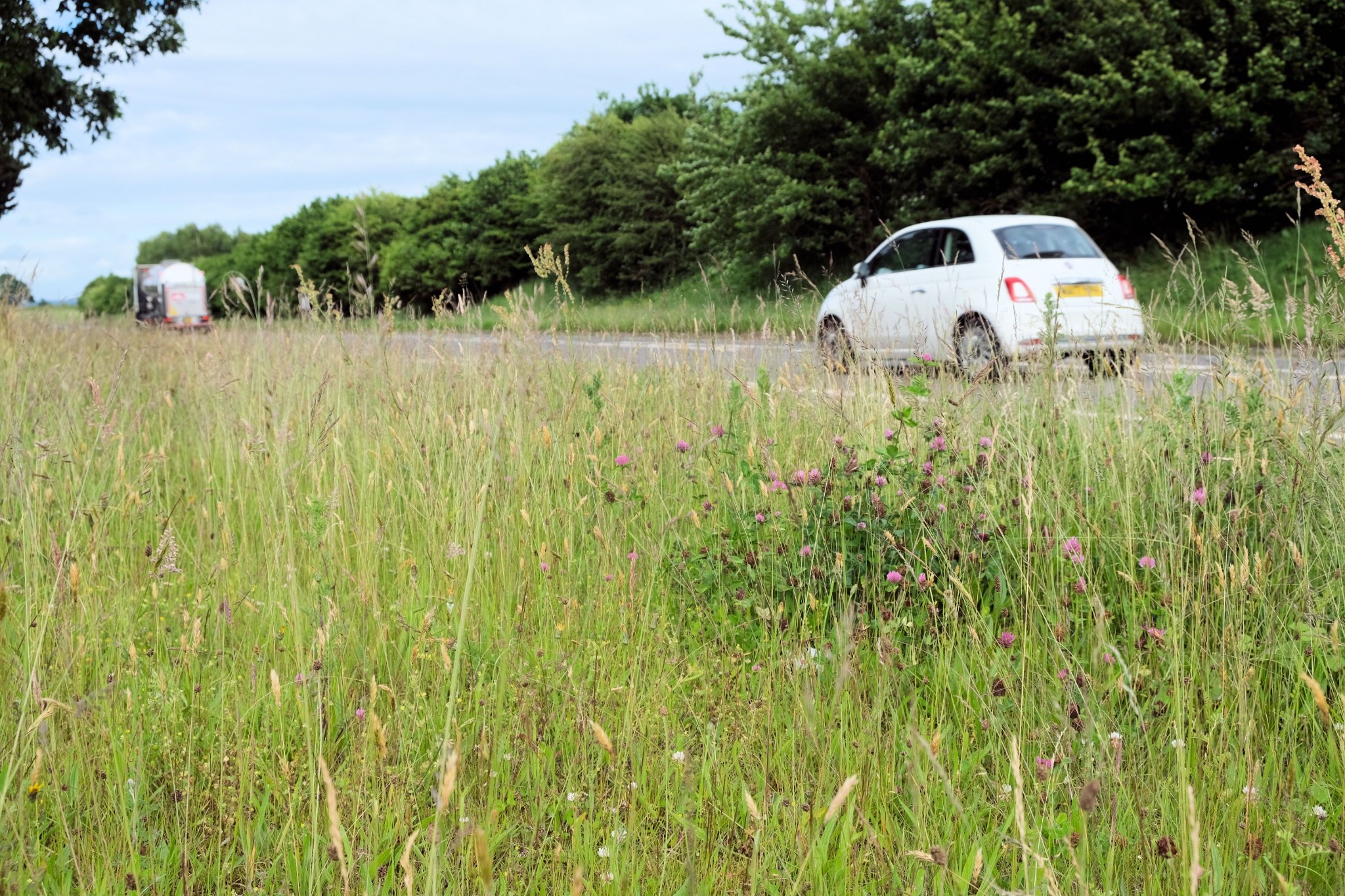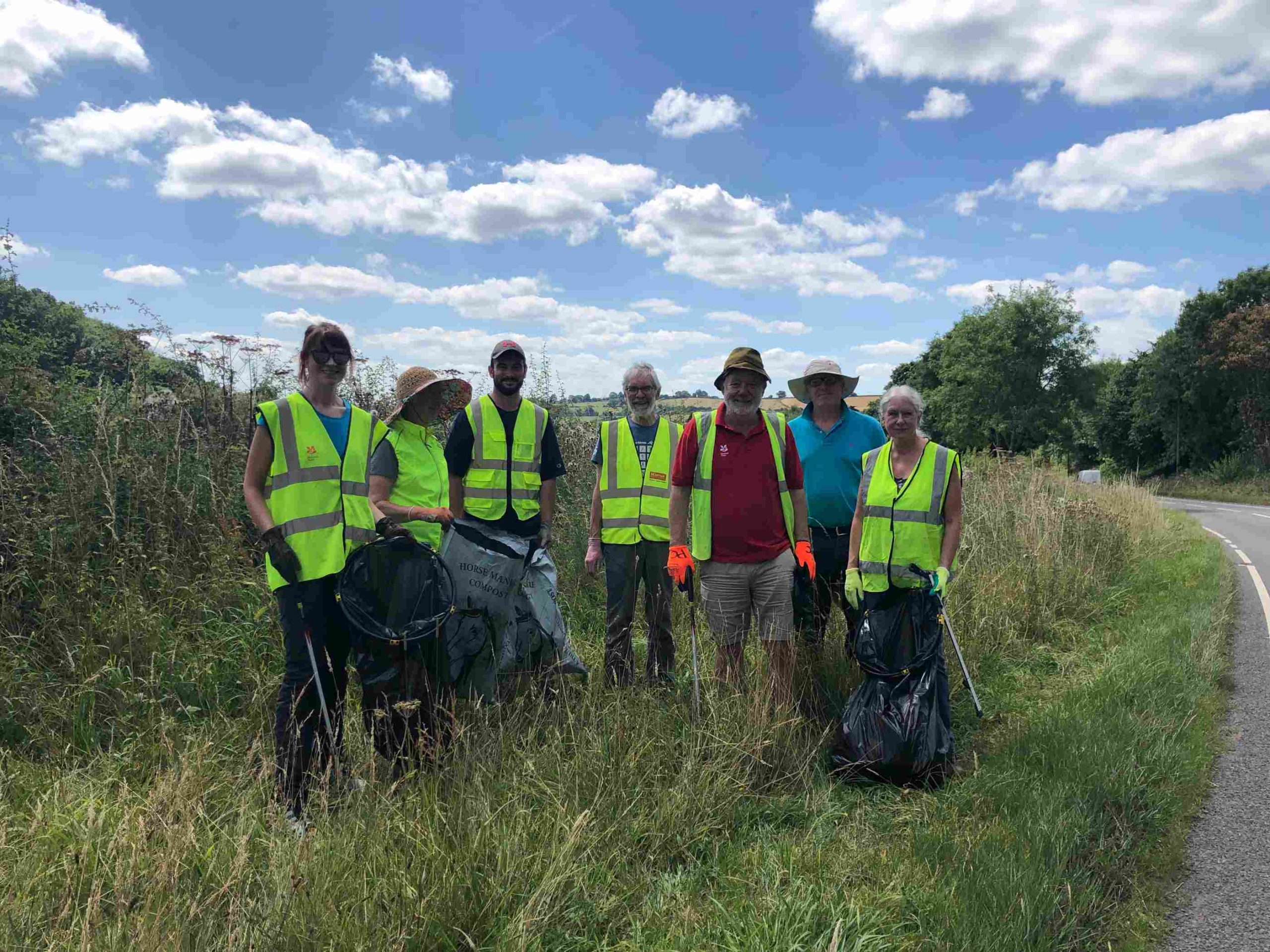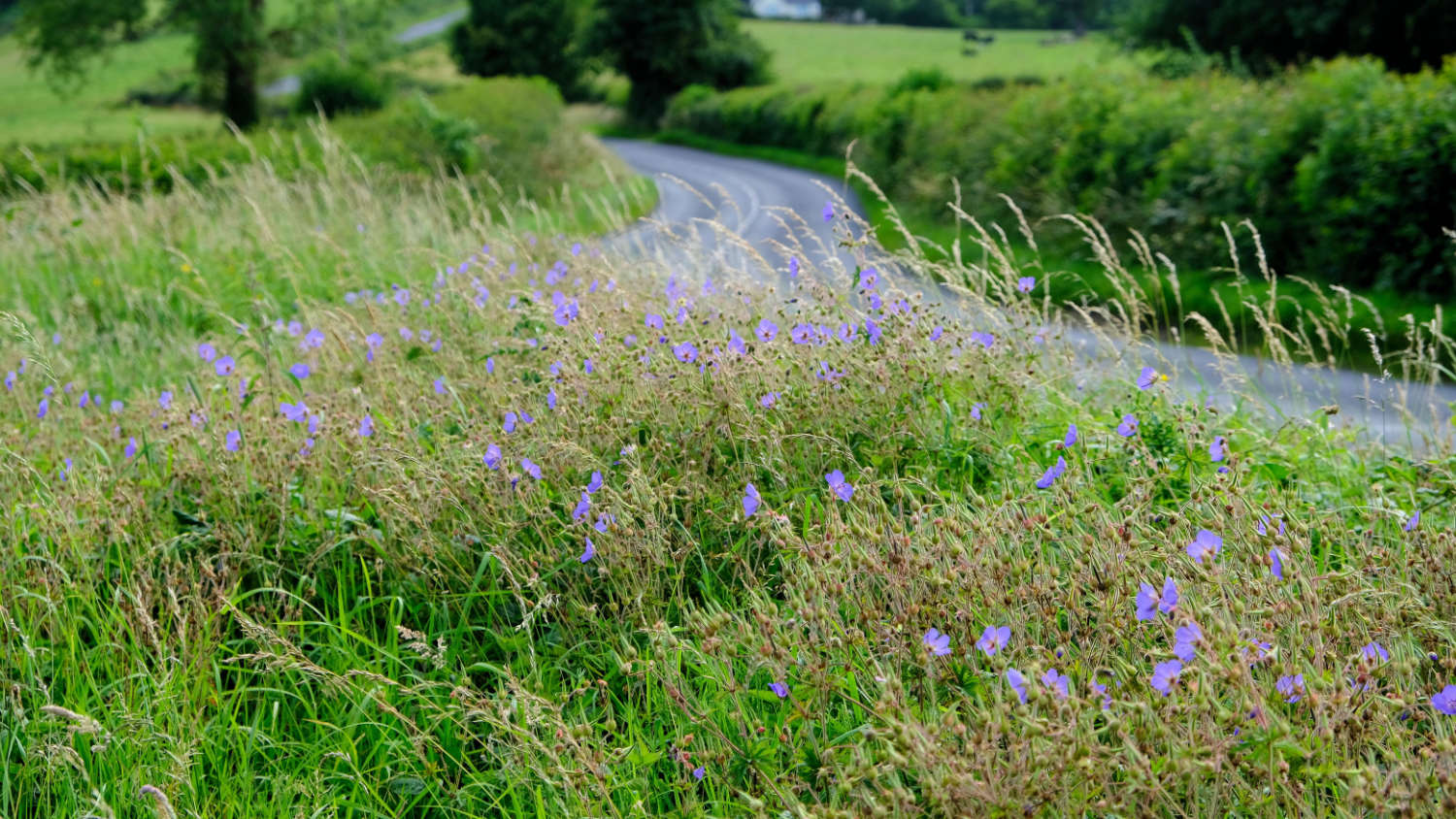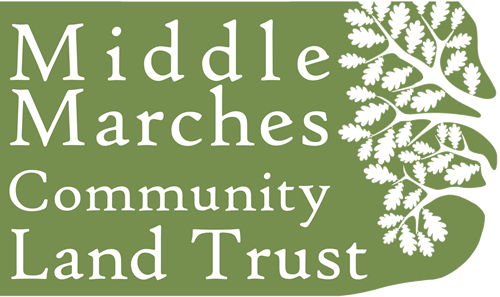Verges: FAQS
Scroll down to read some of the Frequently Asked Questions (FAQS) about road verges and their management – and our answers.
To contact RSVP, please email shropsverge@gmail.com
Why are road verges important?

What’s wrong with how the verges are currently managed?
How would RSVP like to see verges managed?
What are the benefits of creating wildflower meadows on our verges?
Won’t the verges start to look messy and untidy?
Will this make visibility for road users more difficult and lead to safety issues?
All ‘safety cuts’ on wide verges, where the part of the verge that borders the road is cut short, will still be carried out as normal.

How long does it take for a typical grassy area to become a flower-rich meadow?
Other factors such as soil type, exposure, soil compaction and previous management will all play a part.
How often will the verges be cut, and when?
Some verges may also require a cut in early spring as well, until the dominance of coarse grasses is reduced.
What about paths and activity spaces?
What will the verge look like?
We hope to recreate a more natural wildflower meadow habitat. There will be a reduction in dense, coarse grasses and an increase in finer native grasses and wildflowers which will improve year on year as the soil fertility reduces with every cut and lift.
The flowers that will grow here will be colourful and attractive as well as being beneficial to wildlife, although the display will be more subtle than in non-native high colour amenity plantings.
Will the verges be sprayed or fertilised?
Will the verge attract rats if becomes a wildflower meadow?
How will ragwort (which is a noxious weed) be controlled?
Will managing the verges as meadows mean they become full of docks, thistles and nettles?
But a change to an annual cutting and lifting regime as part of a new meadow management policy will prevent these species from becoming dominant.

What wildlife will the verges support?
In the UK and Ireland, more priority species (for conservation attention) are associated with wildflower-rich grasslands than with any other habitat type. See Saving Our Magnificent Meadows for more information on the importance of meadows: http://magnificentmeadows.org.uk
Can I plant daffodils and other bulbs on the verge?
We discourage the planting of bulbs on verges for the following reasons:
- Generally the commercial available bulbs commonly planted in parks and gardens are non-native, horticultural varieties and have very little value to wildlife.
- They also prevent any spring cut-and-collect being carried out on verges, which can be a useful management tool in the early stages of restoration.
If spring colour is wanted, we recommend planting spring flowering species like cowslips and primroses. The one exception to bulb planting may be snake’s head fritillary (Fritillaria meleagris) a native meadow species. As with all planting, whether seeds, bulbs or plugs, please ensure the species are native to the UK and are naturally found in the Shropshire area. Ensure that the plants, seeds or bulbs have been grown as locally as possible and not imported from abroad. This is vital to ensure we don’t import plant diseases or non-native genetic stock, and to reduce the carbon footprint of this work.
Why does it matter?
This may seem unrelated from some small patches of verge in Shropshire, but every single patch of wildlife-friendly habitat, from a huge nature reserve to a window box, can play an important role in helping slow and stop this crisis. If all our road verges because species rich grassland they would also be able to store much more carbon.
